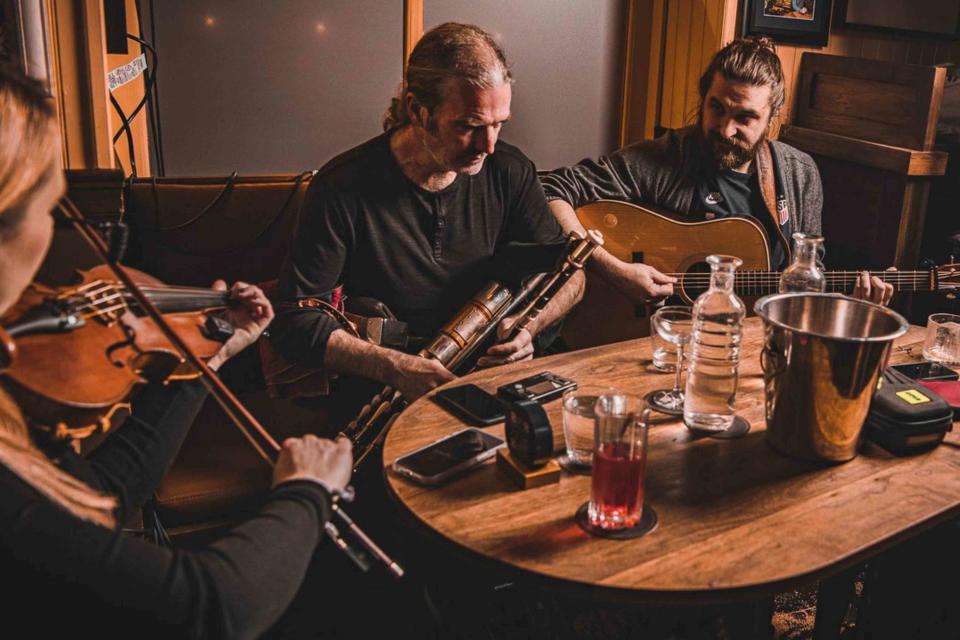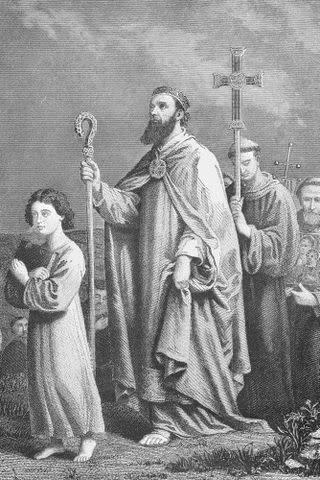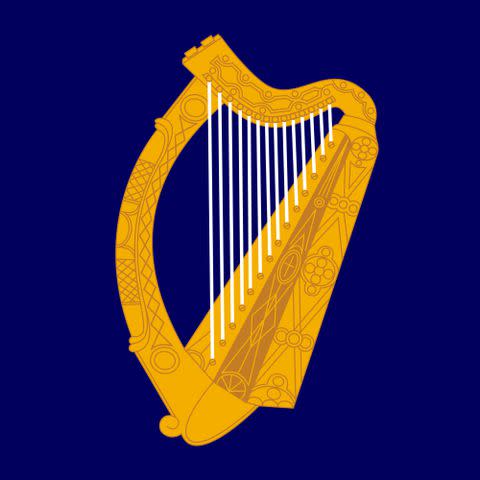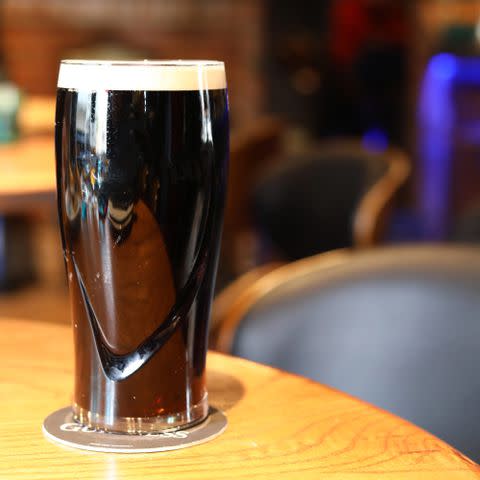The Biggest St. Patrick’s Day Myths, According to the World’s Most-Awarded Irish Pub
We've been celebrating St. Patrick’s Day all wrong.

Courtesy The Dead Rabbit
“It’s Paddy’s not Patty’s,” says Jack McGarry, founder of The Dead Rabbit, the world’s most-awarded pub. “That’s a bit of a bugbear for us.”
As it turns out, we, us, Americans, and basically everyone else, has got Saint Patrick's Day all wrong. From its colors to its origins to the way it's celebrated, the annual March 17th holiday, symbolized by drunken caricatures of Irish life, has managed to get things mixed up over the last three to four hundred years. And while parades, whiskey, Guinness, and passing out in the street in a puddle of ‘better left unsaid’ after consuming an almost inhuman amount of alcohol has its merits, using that to ‘celebrate’ and ‘represent’ an entire society might not be taken kindly by some.
"Jack McGarry has spent the last several St. Patrick’s Days “de-leprechauning” the perception of Ireland in America."
McGarry has spent the last several St. Patrick’s Days “de-leprechauning” the perception of Ireland in America. Rather than participating in the annual New York City St. Patrick’s Day parade, he uses the opportunity to turn The Dead Rabbit into an authentic experience of Ireland stateside, meaning Irish music, art, and craftsmanship are on full display, next to the wonderful flavors of the Emerald Isle, which includes everything from whiskeys most have never heard to traditional dishes.
McGarry helps to dispel some of the most common myths around St. Patrick’s Day.
The St. Patrick’s Day parade is an American invention
“The parade started in America,” notes McGarry. “When I was a kid, it was not dissimilar to the way that you guys celebrate Thanksgiving. At the time, it was a day with the family.”
The Irish began observing St. Patrick’s Day around the 10th century, but it wasn’t until 1631 that the first official feast took place on March 17, which is believed to be the day the saint died. The parade is an American tradition.
“Parades and all that type of stuff, that's definitely an American invention,” McGarry adds. “Obviously [that] comes from the Irish diaspora that are based in America.”
Saint Patrick is from Britain

courtesy Getty
While Patrick might be the patron saint of Ireland, he wasn’t born there. He was born Maewyn Succat in 387 in Roman Britain in what’s now Dumbarton, Scotland, though some believe he was born in Wales. He died, however, in Saul, Downpatrick, Ireland on March 17, 461.
The Catholic church never formally canonized St. Patrick because there was no formal canonization process during the first millennium. Nonetheless, he’s been venerated as a saint in Ireland since the seventh century.
St. Patrick’s color was blue, not green

courtesy Getty
“The original color of St. Patrick's is blue,” says McGarry. “So, it's pretty funny when you see the heavy association with green for St. Patrick. It wasn't his co-founding color because Erin’s found colors were blue and gold. Our original flag was just a solid blue with a gold inlaid harp.”
Henry VIII connected Ireland with blue back in 1541 when he declared himself King of Ireland and gave the country its own coat of arms featuring a golden harp on a blue background. This design can still be found on the Constitution and presidential flag of Ireland.
Green didn’t begin to be associated with Ireland until the 18th century when St. Patrick's shamrock became a symbol of identity and rebellion for the Irish.
People don’t eat corned beef and cabbage on St. Patrick’s Day in Ireland
Growing up in Ireland, McGarry didn’t drink all day or watch rivers turn green. Rather, he spent the day with family and it was focused around dinner.
“We would eat the food that you would associate with Irish culture, most likely it would be a roast,” says McGarry. “Certainly not corned beef and cabbage — what you guys would eat over here. A roast would be a big thing because that's a thing that you would make with your family.”
There’s more than Guinness and Jameson

courtesy Getty
Ireland is going through something of a whiskey renaissance, so while Jameson remains the go-to choice for many, the options have multiplied. It's not just the other brands under the Pernod Ricard flag like Redbreast and Midleton Very Rare or longtime Northern Ireland rival Bushmills either. Bottles are spilling out from seemingly every corner of the Emerald Isle.
In 2015, Teeling Distillery opened in Dublin, becoming the first new whiskey distillery to open in the Irish capital in over 125 years. Southwestern Ireland brought its whiskey across the Atlantic when Dingle Single Malt arrived in the U.S. in late 2022. Writers’ Tears is looking to turn the nation’s ethos into liquid form. The category experienced extra attention in January when Craft Irish Whiskey Co’s The Emerald Isle release became the world’s most expensive whiskey.
""A lot of these pieces that you see in the media, just showcase Harp, Smithwick's, Guinness, and corned beef hash, this type of stuff. Ireland is so much more than that." — Jack McGarry, managing director, The Dead Rabbit"
How should we be celebrating?
Each year, The Dead Rabbit celebrates with a week's worth of events under the name, “Paddy’s Not Patty’s.”
“It's to showcase contemporary Ireland across food, arts, creatives, musicians, [and] products,” says McGarry. “I think we're getting better at that in Ireland, but even in America, there's still a huge amount of work to do.”
“We, obviously, sell tons of Guinness and Irish Coffee on the day, but it's great to showcase the other beers and other products and other music and the stuff that's representative of a 21st century Ireland, an Ireland of right now, contemporary Ireland,” says McGarry. “A lot of these pieces that you see in the media, just showcase Harp, Smithwick's, Guinness, and corned beef hash, this type of stuff. Ireland is so much more than that. There is so much more to experience and to do and to learn. So that's really what we are trying to do.”
For more Food & Wine news, make sure to sign up for our newsletter!
Read the original article on Food & Wine.


